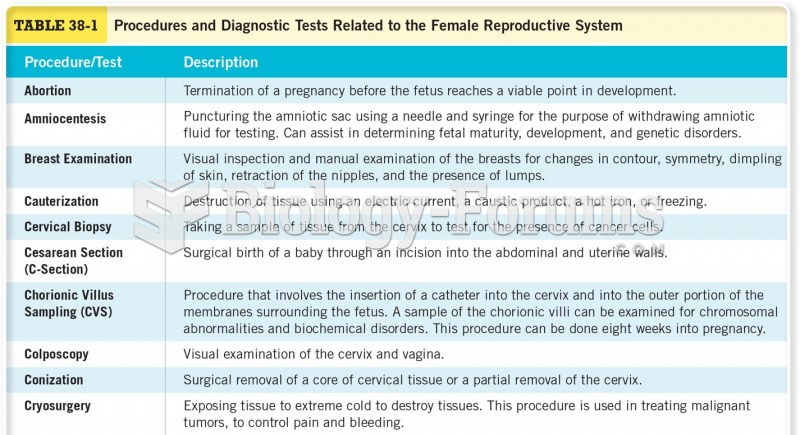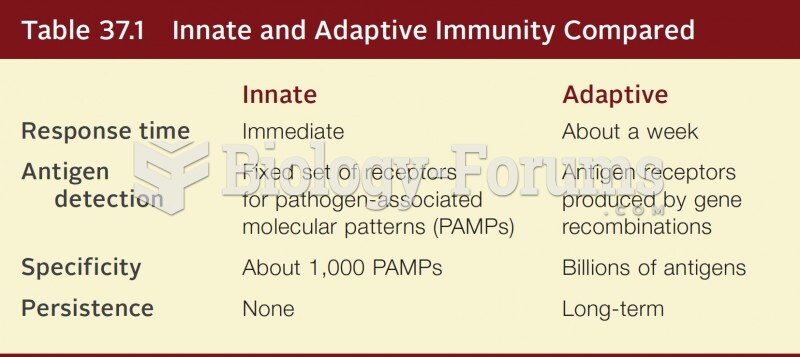This topic contains a solution. Click here to go to the answer
|
|
|
Did you know?
Asthma is the most common chronic childhood disease in the world. Most children who develop asthma have symptoms before they are 5 years old.
Did you know?
Carbamazepine can interfere with the results of home pregnancy tests. If you are taking carbamazepine, do not try to test for pregnancy at home.
Did you know?
The longest a person has survived after a heart transplant is 24 years.
Did you know?
In 1864, the first barbiturate (barbituric acid) was synthesized.
Did you know?
Certain rare plants containing cyanide include apricot pits and a type of potato called cassava. Fortunately, only chronic or massive ingestion of any of these plants can lead to serious poisoning.
 Computerized spirometry is used in medical office settings as well as in hospitals and other medical ...
Computerized spirometry is used in medical office settings as well as in hospitals and other medical ...
 A factory replacement unit for a CSFI unit that has individual injectors at the ends that go into ...
A factory replacement unit for a CSFI unit that has individual injectors at the ends that go into ...





